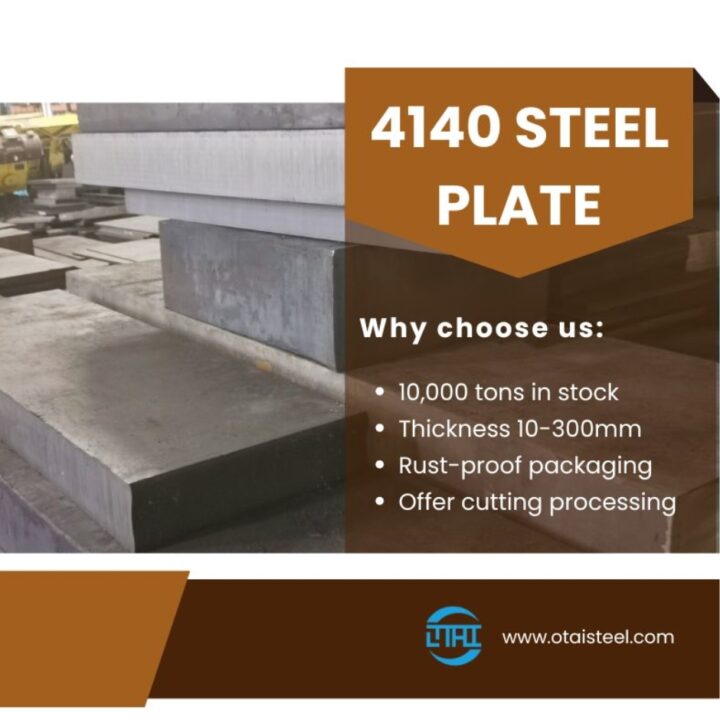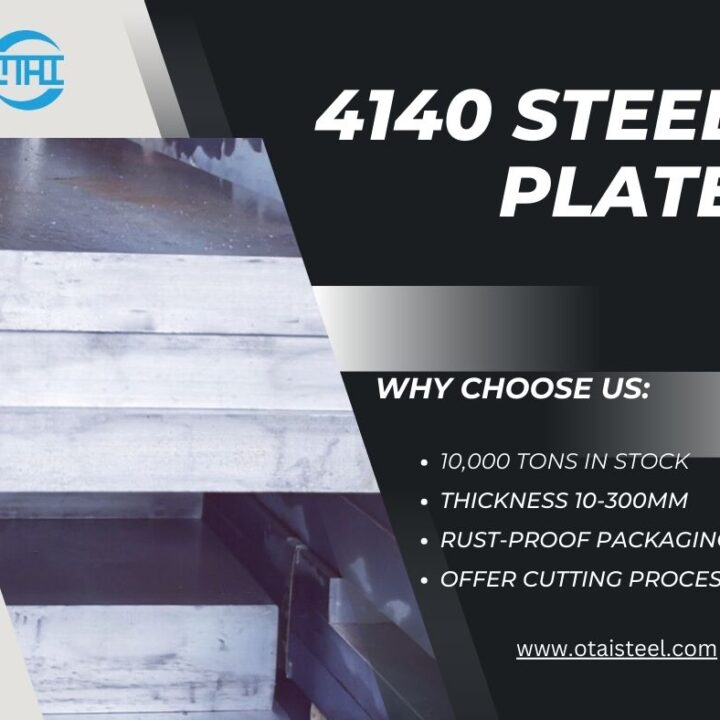Our H13 STEEL -chapter 5

Part of the chromium in the tool steel is dissolved in the steel to strengthen the solution, and the other part is combined with carbon, and exists in the form of (FeCr) 3C, (FeCr) 7C3 and M23C6 according to the chromium content, thereby affecting the performance of the steel. In addition, the interaction effects of alloy elements must be considered. For example, when chromium, molybdenum, and vanadium are contained in the steel, Cr> 3% <sup> [14] </ sup>, Cr can prevent the formation of V4C3 and postpone Mo2C. Lattice precipitation indicates that V4C3 and Mo2C are strengthening phases <sup> [14] </ sup> that improve the high temperature strength and tempering resistance of steel, and this interaction improves the heat deformation resistance of the steel.
Chromium is dissolved in the austenite of the steel to increase the hardenability of the steel. Cr, Mn, Mo, Si, and Ni are alloy elements that increase the hardenability of steel, just like Cr. People are accustomed to use the hardenability factor for characterization. Generally, the existing domestic data [15] only use data from Grossmann et al. Later, the further work of Moser and Legat [16, 22] proposed that the C content and austenite grains The degree determines the basic hardenability diameter Dic and the hardenability factor (shown in Figure 3) determined by the alloy element content to calculate the ideal critical diameter Di of the alloy steel, which can also be approximated from the following formula:
Di=Dic×2.21Mn×1.40Si×2.13Cr×3.275Mo×1.47Ni (1)
(1) Each alloy element in the formula is expressed by mass percentage. From this formula, people have a fairly clear semi-quantitative understanding of the effects of Cr, Mn, Mo, Si and Ni on the hardenability of steel.
The effect of Cr on the eutectoid point of steel is roughly similar to that of Mn. When the chromium content is about 5%, the C content of the eutectoid point decreases to about 0.5%. In addition, the addition of Si, W, Mo, V, Ti significantly reduces the C content at the eutectoid point. For this reason, it can be known that hot work die steel belongs to hypereutectoid steel like high speed steel. Decreasing the eutectoid C content will increase the alloy carbide content in the austenitized structure and in the final structure.









